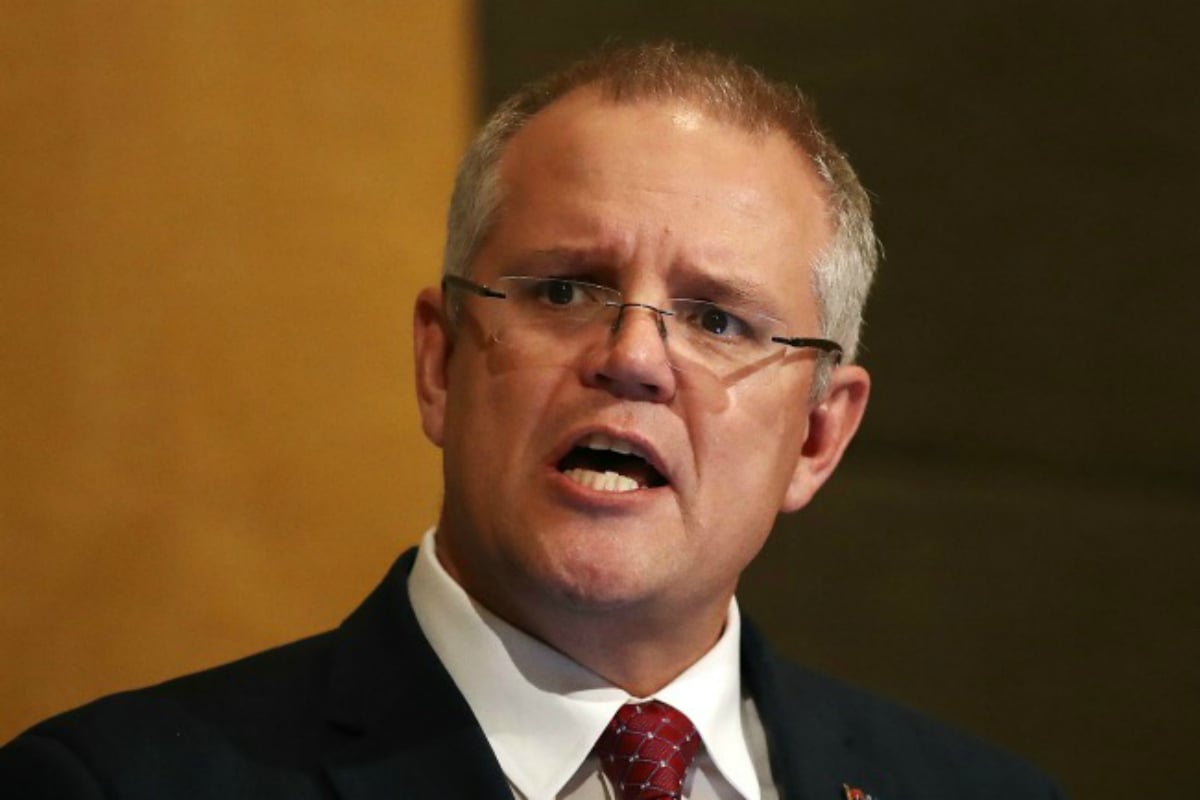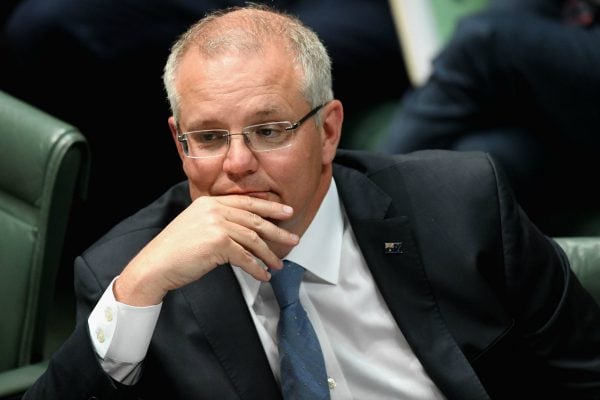
With AAP.
Scott Morrison appears set to return to power after voters in Queensland, NSW and Tasmania rallied behind the Liberal-National coalition.
However, former prime minister Tony Abbott has become the biggest casualty of the day losing his seat to independent Zali Steggall.
At 9.45pm, it appeared the coalition was holding 73 seats to Labor’s 65, with eight seats in doubt.
A party needs 76 seats to have a majority in the lower house.
The crossbench is set to include at least independents Andrew Wilkie and Ms Steggall, Katter’s Australian Party leader Bob Katter, the Centre Alliance’s Rebekha Sharkie and the Greens’ Adam Bandt.
The Liberals benefited from a strong flow of preferences from Clive Palmer’s United Australia Party and Pauline Hanson’s One Nation, which together gained almost 6.5 per cent of the national primary vote.
Now the outcome looks inevitable, let’s revisit what policies the Coalition promised in the lead up to the election.
What have the Liberal Party promised?





























































































